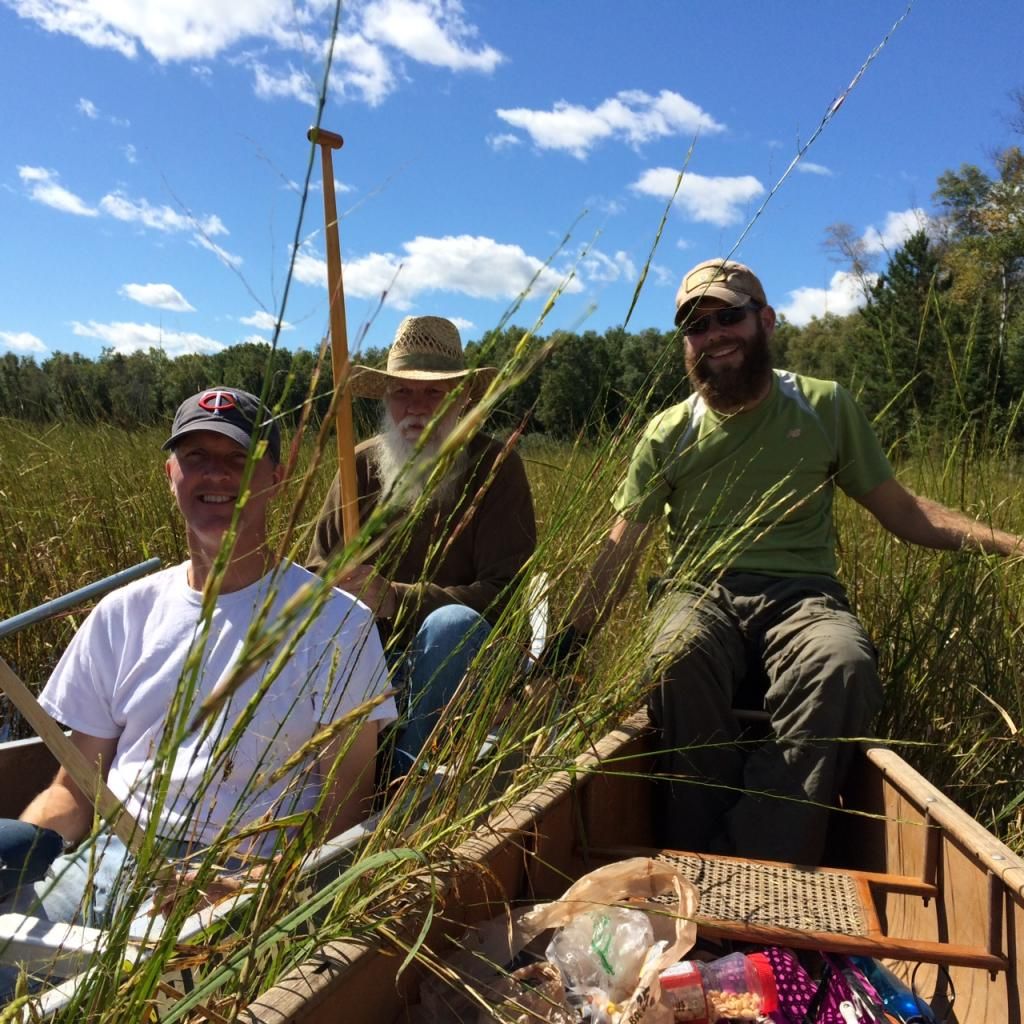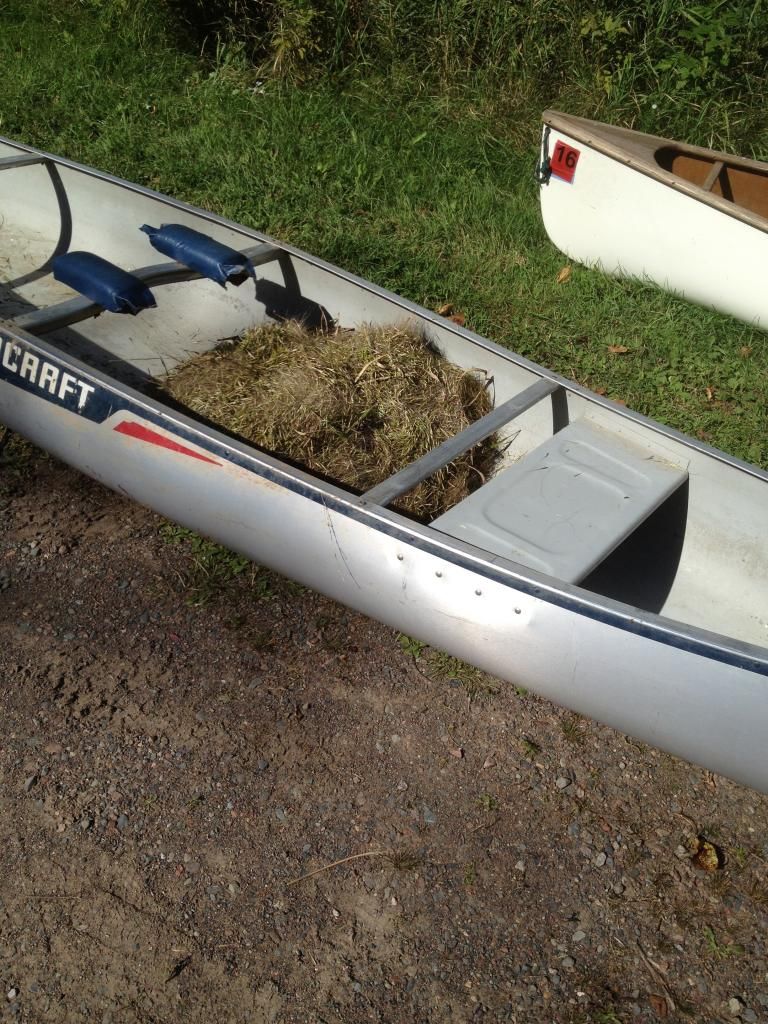There is no hurried pace on the processing, and some of the locals who process the wild rice will only accept a minimum of 400 pounds. So it is collected, and when the season is done the rice must be dried over heat. When the kernels are dry enough to "snap" when broken, then the rice must be threshed and winnowed of its husks. Some folk process their own rice in flat bottomed metal pans, over slow fires in their backyards, then thresh and winnow it by what ever means works for them. The Native Americans here "walked" their dried rice, (much as one would stomp grapes for wine making), to loosen the husks, and then using baskets, toss it in the air on windy days to winnow it; a method not so foreign to peasant folk the world over. On a good day, and in a good stand of ripe rice, two experienced ricers might easily gather 100 pounds or far more. When dried and threshed 100 pounds of wet rice will net perhaps 50 pounds of clean dry rice. It is all hand labor. In the rear of the canoe a poler/punter pushes the canoe slowly along while watching ahead for the best stands of rice. In the bottom of the canoe the rice "knocker", holding two slender sticks, each 30" or less and weighing less than 1 pound each, bends the stalks of rice into the canoe, and soundly whacks the heads of rice. The rice flies everywhere, and most ends up back in the water, but some lands in the canoe; I've heard it said that only 20% of knocked rice will land in the canoe. The rice on a stalk doesn't all ripen at once, so sometimes it will all come off, sometimes a grain or two, and sometimes none. Ricing is a guessing game; start too early, and get little or no rice for your effort, start too late, and it will fall into the lake when the canoe brushes against it.




